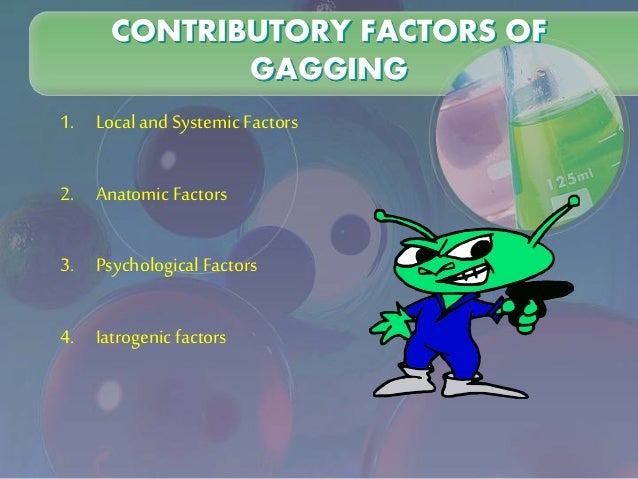
GAGs weigh around 10 to 100 kilodalton molecular weights. GAGs having a similar type of monosaccharide units are termed Homopolysaccharides, whereas GAGs having two or more types of monosaccharides are termed heteropolysaccharides.īy definition, glycosaminoglycans are negatively charged polysaccharides that are linear in shape and also could be either sulfate or non-sulfate. Glycosaminoglycans are divided into two types. But on the other hand, the three others- Heparan Sulphate, Chondroitin Sulphate, and Dermatan Sulphate are linked to proteoglycan through a serine residue. Among the glycosaminoglycans, we have found that the hyaluronic acid is not attached to a protein core. Dermatan sulfate is a component of the extracellular matrix of the skin.The keratan sulfate and chondroitin are also examples of glycosaminoglycans found in connective tissue like cartilage and tendons.Glycosaminoglycans are important components of the vitreous humor in the eye and of synovial fluid which is a lubricant fluid of joints in the body.Hyaluronate molecules consist of approximately 25,000 disaccharide units having a molecular weight of up to 107 units.GAGs can make a strong bond with a protein called antithrombin III which terminates the process of clotting and inhibits blood clotting.We have Heparin in our body which is a glycosaminoglycan that contains the highest net negative charge of the disaccharides and acts as a natural anticoagulant substance.In our body, glycosaminoglycans have to take into account several intracellular and extracellular functions.A six-carbon sugar contains nitrogen, and one or both of the monosaccharide units has at least one negatively charged sulfate or carboxylate group.Structure wise monosaccharides have a hexose carbon sugar ring or a hexuronic acid which further bonds to a hexosamine.

A monosaccharide unit can be defined as the simplest unit of carbohydrates.

The glycosaminoglycans have repeating units that consist of disaccharides units.When the compression gets removed, they retain their original hydrated volume because of the repulsion arising from the negative charges present in them. As a result, the GAGs are compelled to cover a smaller volume. Consequently, during compression in the aqueous solution of GAGs, the water gets squeezed out. Glycosaminoglycans can be found in collagen and elastin, and also, water sticks to them which allows the resistance to pressure.Glycosaminoglycans chains are connected with other proteins like chemokines, cytokines, morphogens, and enzyme adhesion molecules using covalent bonds forming proteoglycans and other growth factors. They play a prominent role in life as these are important components of connective tissues which are significant to life. The GAGs are adjoined to the protein core and make a product called proteoglycans. They have protein cores that are prepared in the endoplasmic reticulum, and post-translationally which is modified by the Golgi Body. Polysaccharides like xanthan gum can be found in bacterial capsules. The primary structural component in plants is cellulose which cannot be digested by the human digestive system. Starch is digested by amylase and is also insoluble in water. Plants store energy in the form of starch whereas animals store energy in the form of glycogen. Both glycogen and starch consist of glucose units. In short, they are called GAGs and because of their property of being lubricant and vicious, they are also called mucopolysaccharides. Glycosaminoglycans are defined by long unbranched polysaccharides that consist of repeating disaccharides. We can write the general formula of polysaccharides as Cn(H 2O) n-1, where n can be any number between 2. And when these single polysaccharides combine together, they form a larger molecule. It can be said that the molecules of a polysaccharide contain a specific number of sugar molecules. And the Glycosidic linkage is the reason that they have been also termed as Glycans. These monosaccharides chain and keep themselves attached to each other using the Glycosidic linkage. Polysaccharides correspond to the complex carbohydrates consisting of long chains of monosaccharides. Polysaccharides have ten to hundred carbohydrate molecules.Oligosaccharides have two to ten carbohydrate molecules.Disaccharides have two carbohydrate molecules.Monosaccharides have only one carbohydrate molecule.Depending on the number of monomers present in the carbohydrate, they are divided into various types. These monomer units are called monosaccharides.

Carbohydrates correspond to the bio-polymers that are made up of monomer units.


 0 kommentar(er)
0 kommentar(er)
